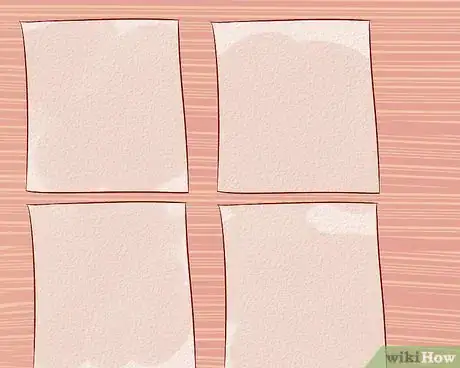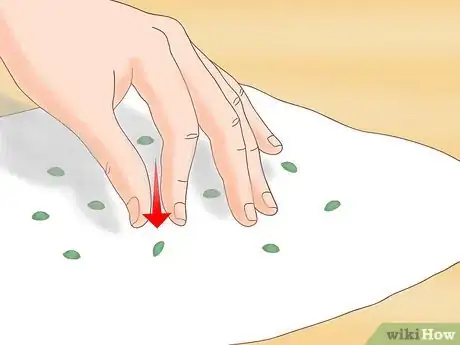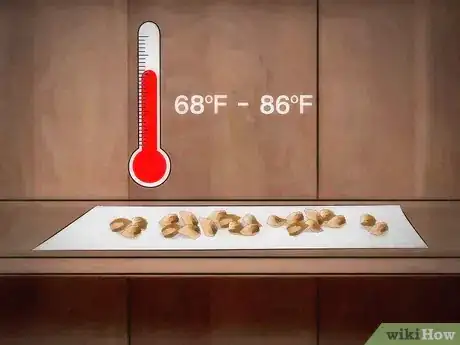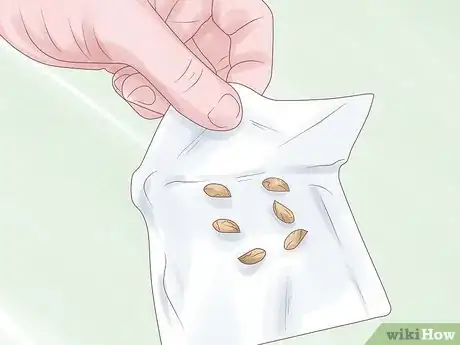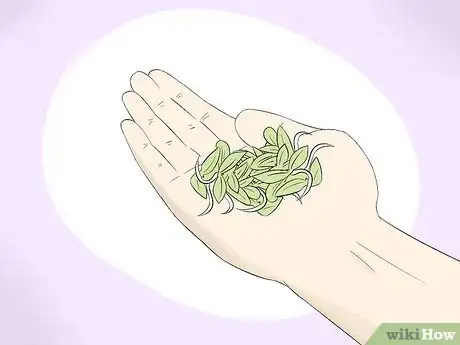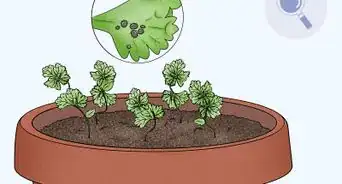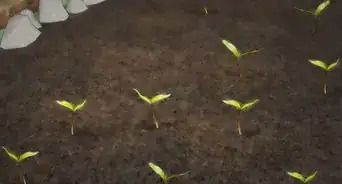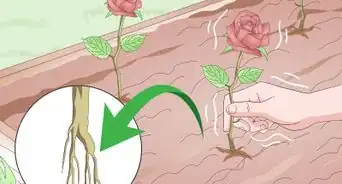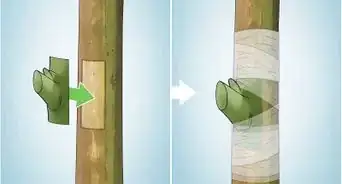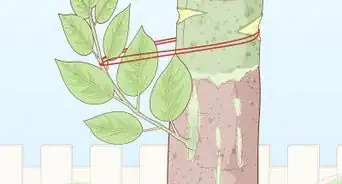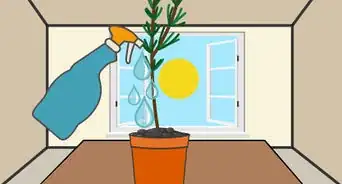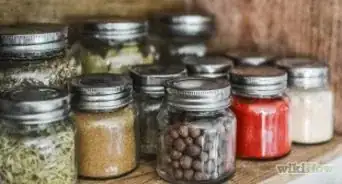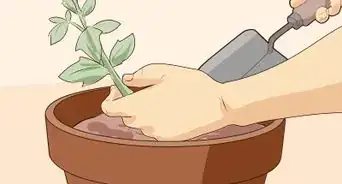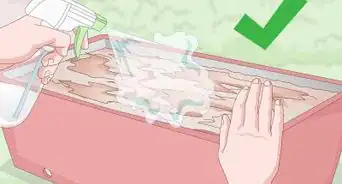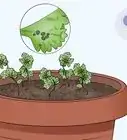wikiHow is a “wiki,” similar to Wikipedia, which means that many of our articles are co-written by multiple authors. To create this article, volunteer authors worked to edit and improve it over time.
wikiHow marks an article as reader-approved once it receives enough positive feedback. In this case, 96% of readers who voted found the article helpful, earning it our reader-approved status.
This article has been viewed 141,915 times.
Learn more...
Whether you're growing vegetables, herbs or flowers, getting a good start is important to the success of your plants' growth. Germinating your seeds before planting helps to sort out the viable seeds from the nonviable ones. One way to ensure a proper start is to germinate your seeds in a paper towel indoors before planting them either directly in your garden or in a pot.
Steps
-
1Take your 8" X 11" paper towel and cut it in half. If you have smaller paper towels, you can skip this step.
-
2Dampen the paper towel. You can get the best dampness by fully dipping the towel in water, then ring it out completely, being careful not to tear the fragile towel. Once most of the water is out, carefully open the towel all the way, taking care to prevent tears. Lay the towel on a flat surface.Advertisement
-
3Add seeds to the dampened paper towel. Place seeds on a center of the paper towel. You can add more or less, depending on the size of your planting area. Just keep the seeds towards the middle of the towel.
-
4Fold the paper towel over the seeds. To make sure the seeds stay in place and do not slip out of the paper towel, fold the towel in half once and then fold it in thirds, keeping the seeds in the center panel of the tri-fold.
-
5Put the paper towel with the seeds into a plastic baggie.[1] You can mark the plastic baggie with the seed name, date, and the estimated length of time the seeds will take to germinate (DTG). You can choose whether or not that would be useful for you. Then, carefully place damp paper towel with seeds into the plastic baggie.
-
6Place the baggie in a warm, dark place out of direct sunlight. This is fairly easy to do in any regular house with central heat. If your circumstances are different, you can put the baggie on top of something that stays at a regular comfortably warm temperature. Make sure it's not hot! Some people choose the top of a refrigerator or even on top of a heating pad on the lowest setting.
-
7Check your baggies for dampness. Check your seeds daily to make sure they keep damp. If they dry out, just add a tiny bit more water to your bag.[2]
-
8Check your seeds for germination. If you are good at scheduling your time and will remember to check your seeds at the approximate date of germination, then you can come back around germination time. A daily checking may be needed.[3]
-
9Know when the time to move them comes. Your seeds have sprouted! Now you can plant in your desired growing pot or plot.
Community Q&A
-
QuestionWould this make the plants less healthy?
 DonaganTop AnswererNo, you can start perfectly healthy plants this way. All a seed needs for germination is moisture, and it will grow surprisingly large without soil, because it contains its own food. Just be careful to treat the seedling very gently when you transplant it into soil.
DonaganTop AnswererNo, you can start perfectly healthy plants this way. All a seed needs for germination is moisture, and it will grow surprisingly large without soil, because it contains its own food. Just be careful to treat the seedling very gently when you transplant it into soil. -
QuestionShould the plastic baggie be open or closed?
 Community AnswerYou should keep the plastic bag closed because it keeps the moisture inside.
Community AnswerYou should keep the plastic bag closed because it keeps the moisture inside. -
QuestionI got a seedling but I don't know how to plant it. What do I do?
 Community AnswerDig a hole in a suitable part of the garden or a container. Plant the seedling in the soil. Cover the hole with soil and make sure the seedling sits firmly. Water it regularly but don't waterlog it. Wait for it to grow big and strong.
Community AnswerDig a hole in a suitable part of the garden or a container. Plant the seedling in the soil. Cover the hole with soil and make sure the seedling sits firmly. Water it regularly but don't waterlog it. Wait for it to grow big and strong.
Things You'll Need
- Seeds
- Plastic Baggies
- Paper Towels
- Water from a faucet or container.
- Warm, dark place to store seeds out of direct sunlight until germination.
